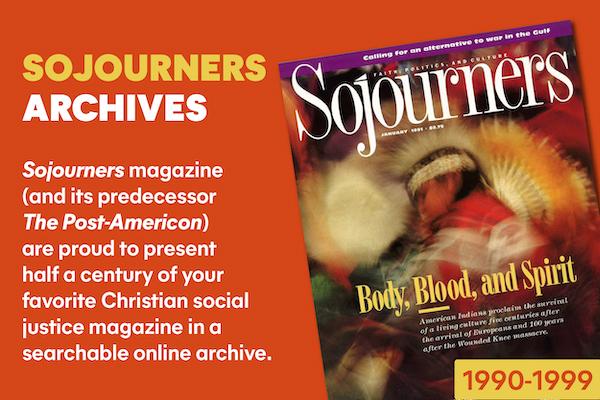IN DECEMBER 1989, I went on a transforming pilgrimage to Israel-Palestine, the birthplace of transformation. The West Bank and Gaza, Nazareth and Sepphoris, gospel and intifada drew me into the depths of a question that has been present since I awakened to nonviolence 30 years ago: Can humanity be transformed through nonviolence in the nuclear age, through the discovery of a power beyond power, before it destroys itself?
The December journey took me to three places in particular which emphasized the question of our nonviolent transformation: Beit Sahour, a Palestinian Christian town in the West Bank that is now the setting for a tax revolt; Beach Camp, Gaza, a refugee camp where a deep Muslim spirituality sustains daily life-and-death confrontations; Sepphoris, the remains of an ancient city beside Nazareth whose destruction may have inspired Jesus' prophetic vision of the kingdom of God or the destruction of Jerusalem.
Although Sepphoris was the end of my pilgrimage, that dead city is the beginning and symbol of our predicament. So I will begin this reflection at Sepphoris.
As an experiment in the truth of Jesus' history, I walked to Sepphoris from its former suburb, Nazareth. The winding, five-mile walk through the Galilean countryside took a little less than two hours. Jesus probably did it in less.
Read the Full Article

